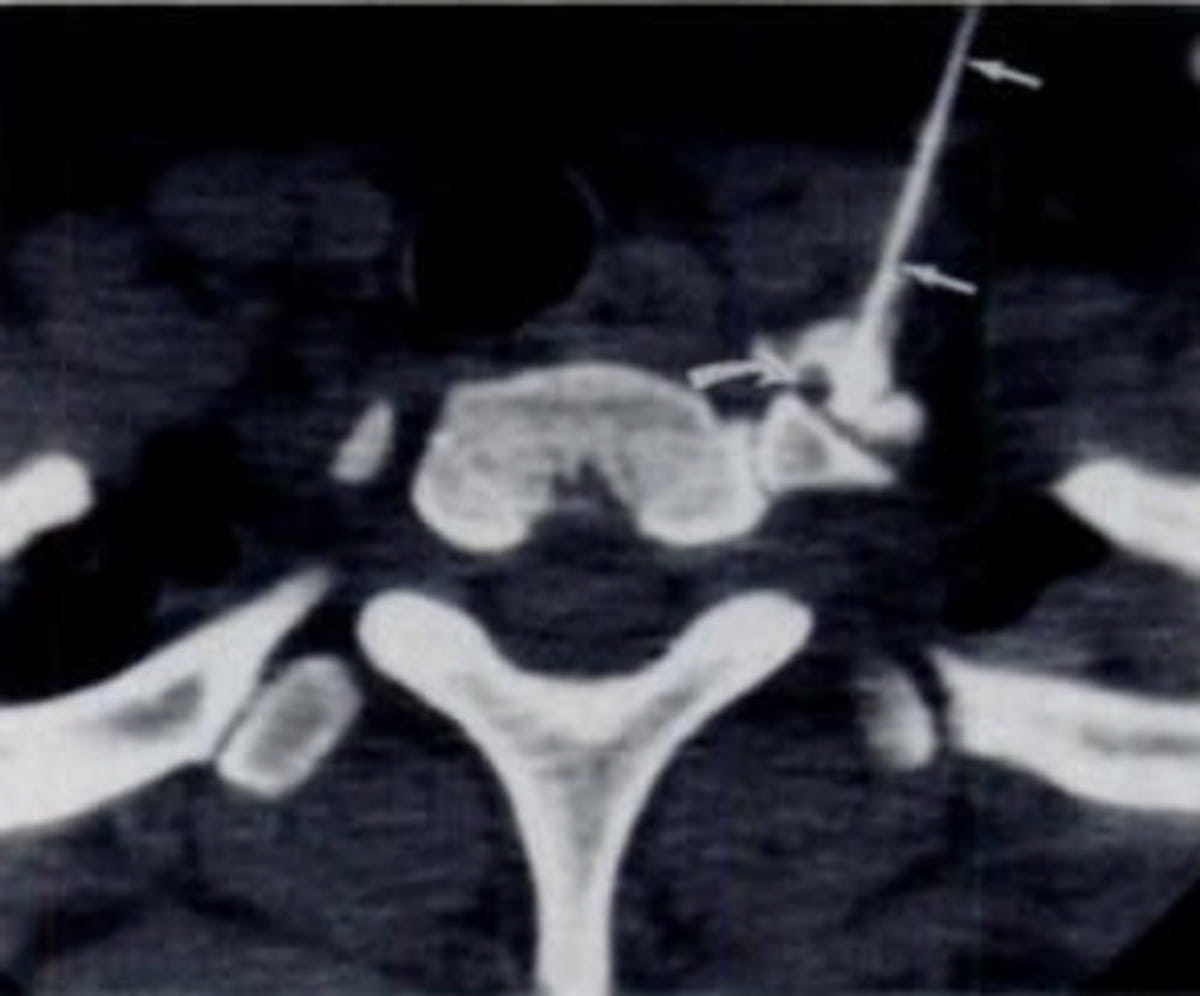Study Suggests CT-Guided Injections May Restore Sense of Smell in Patients with Long COVID
Utilizing computed tomography (CT) guidance, researchers have found that performing a minimally invasive anesthetic injection into the stellate ganglia may help address parosmia due to COVID-19, according to study results that will be presented at the annual Radiological Society of North America (RSNA) conference next week.
One of the more commonly known symptoms of COVID-19 is an altered sense of smell, which may linger for months and possibly years among those with Long COVID. However, an emerging computed tomography (CT)-guided and minimally invasive procedure may provide some relief from this condition referred to as parosmia.
In a recent study, which will be presented next week at annual Radiological Society of North America (RSNA) conference in Chicago, researchers assessed the use of a CT-guided stellate ganglion block to stimulate the regional autonomic nervous system. The cohort was comprised of 54 patients referred from an ear, nose, and throat specialist with at least six months of post-COVID parosmia that failed topical and pharmaceutical treatments.
In follow-up data of the 10-minute minimally invasive procedure for 37 patients, 22 patients had improved symptoms one week after the stellate ganglion injection with 18 of those patients reporting significant improvement at one month, according to the researchers. They also noted a mean improvement of 49 percent in parosmia symptoms at three months.
In follow-up data of the stellate ganglion block injection for 37 patients, 22 patients had improved symptoms one week after the injection with 18 of those patients reporting significant improvement at one month, according to the researchers. (Image courtesy of RSNA.)

"The initial patient had a tremendously positive outcome, almost immediately, with continued improvement to the point of symptom resolution at four weeks," noted Adam C. Zoga, M.D., M.B.A., an associate professor of radiology and vice chair for clinical practice at Thomas Jefferson University in Philadelphia. "We have been surprised at some outcomes, including near 100% resolution of phantosmia in some patients, throughout the trial."
The study authors noted that 26 patients in the cohort returned for a contralateral injection approximately six weeks after the first stellate ganglion injection and conceded that it was not effective for those who reported no symptom relief from the first injection.
However, Dr. Zoga pointed out that 86 percent of patients who did respond to the first injections received additional symptom relief with the contralateral injection.
Study with CT Data Suggests Women with PE Have More Than Triple the One-Year Mortality Rate than Men
April 3rd 2025After a multivariable assessment including age and comorbidities, women with pulmonary embolism (PE) had a 48 percent higher risk of one-year mortality than men with PE, according to a new study involving over 33,000 patients.
The Reading Room: Artificial Intelligence: What RSNA 2020 Offered, and What 2021 Could Bring
December 5th 2020Nina Kottler, M.D., chief medical officer of AI at Radiology Partners, discusses, during RSNA 2020, what new developments the annual meeting provided about these technologies, sessions to access, and what to expect in the coming year.
New AI-Enabled Portable Ultrasound May Facilitate 50 Percent Reduction in Cardiac Imaging Scan Time
March 28th 2025Artificial intelligence (AI)-powered measurement capabilities provide key features with the Compact Ultrasound 5500CV device, which was unveiled at the American College of Cardiology (ACC) conference.
GE HealthCare Launches PET MPI Agent Flyrcado at ACC Conference
March 28th 2025The positron emission tomography myocardial perfusion imaging (PET MPI) agent, which offers a significantly higher half-life than other cardiac PET agents, was recently granted pass-through payment status by CMS that will go into effect on April 1, 2025.